Complete Weeding Guide For Gardeners – How To Get Rid Of Unwanted Weeds
Learn effective methods of weed control.
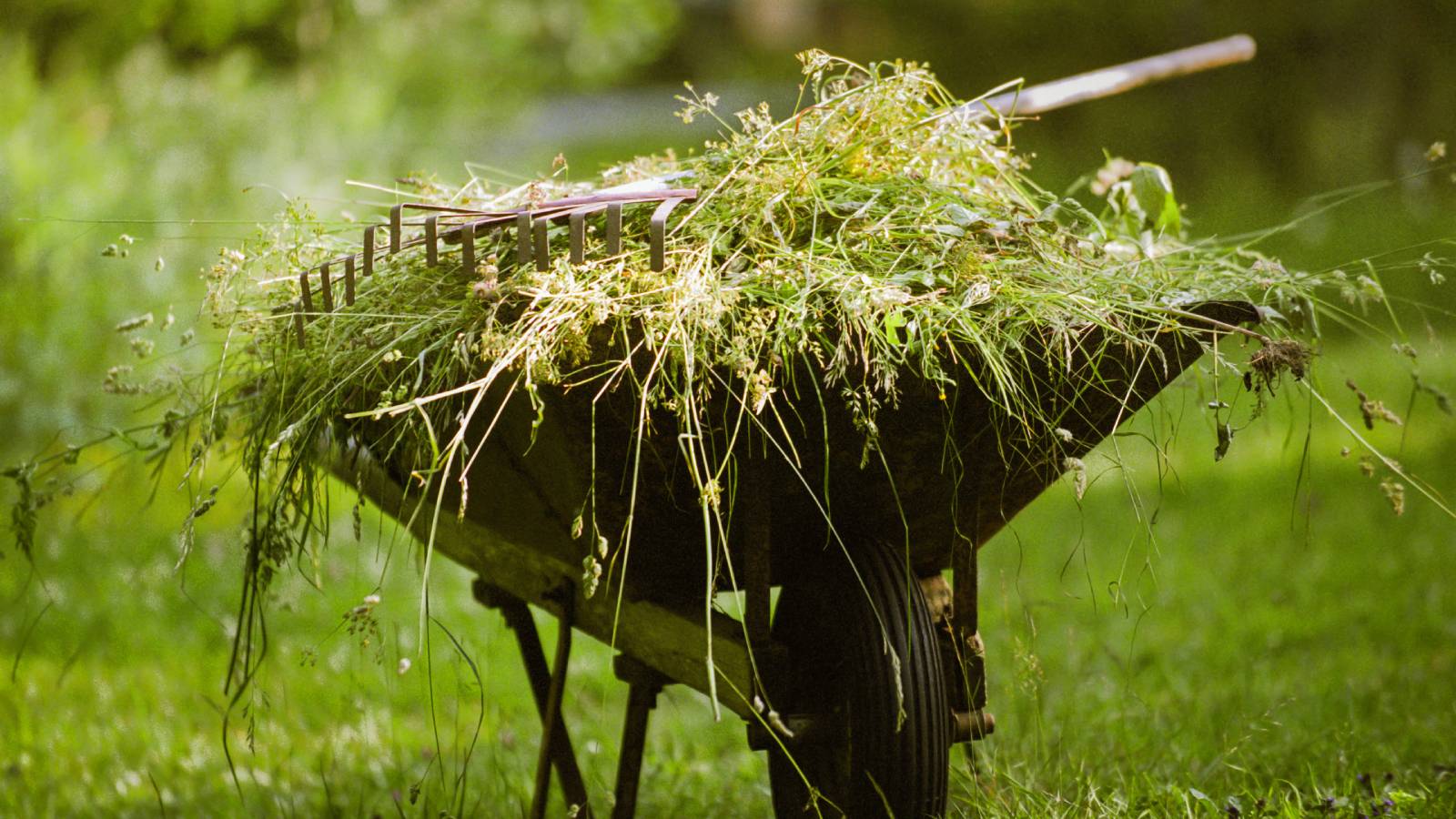

They say that weeds are just plants you didn’t invite into your landscape, but that doesn’t mean you have to embrace them. Weeds tend to grow fast, drop roots, and propagate quickly, choking out the plants you are trying to encourage. It’s best to catch weeds when young since they are at their most vulnerable. In fact, regular weeding is the most important part of weed control.
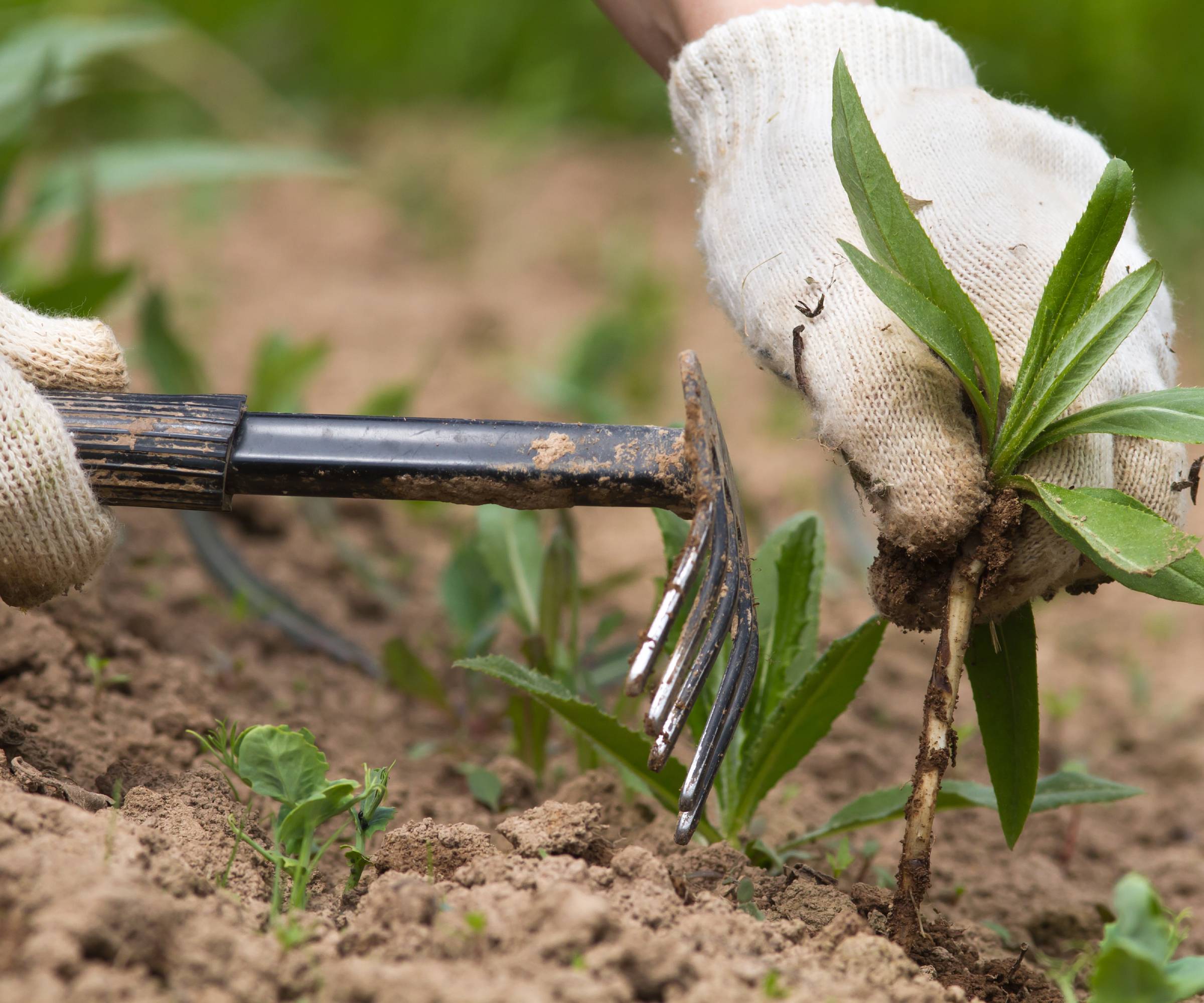
Benefits of Weeding
Weeding can involve any type of weed control, including pulling weeds, smothering them, or killing them with herbicides. Whatever way to choose to reduce the population of weeds on your landscape, your cultivated plants will breathe a sigh of relief. They must compete with weeds for soil space, nutrients, water and sunshine, and weeds are the tough kids on the block.
What else is detrimental about weeds? These unwanted plants also harbor insects and block air from passing easily between plants. That opens the doors for diseases that may hit your flowers and veggies much harder than the weeds themselves.
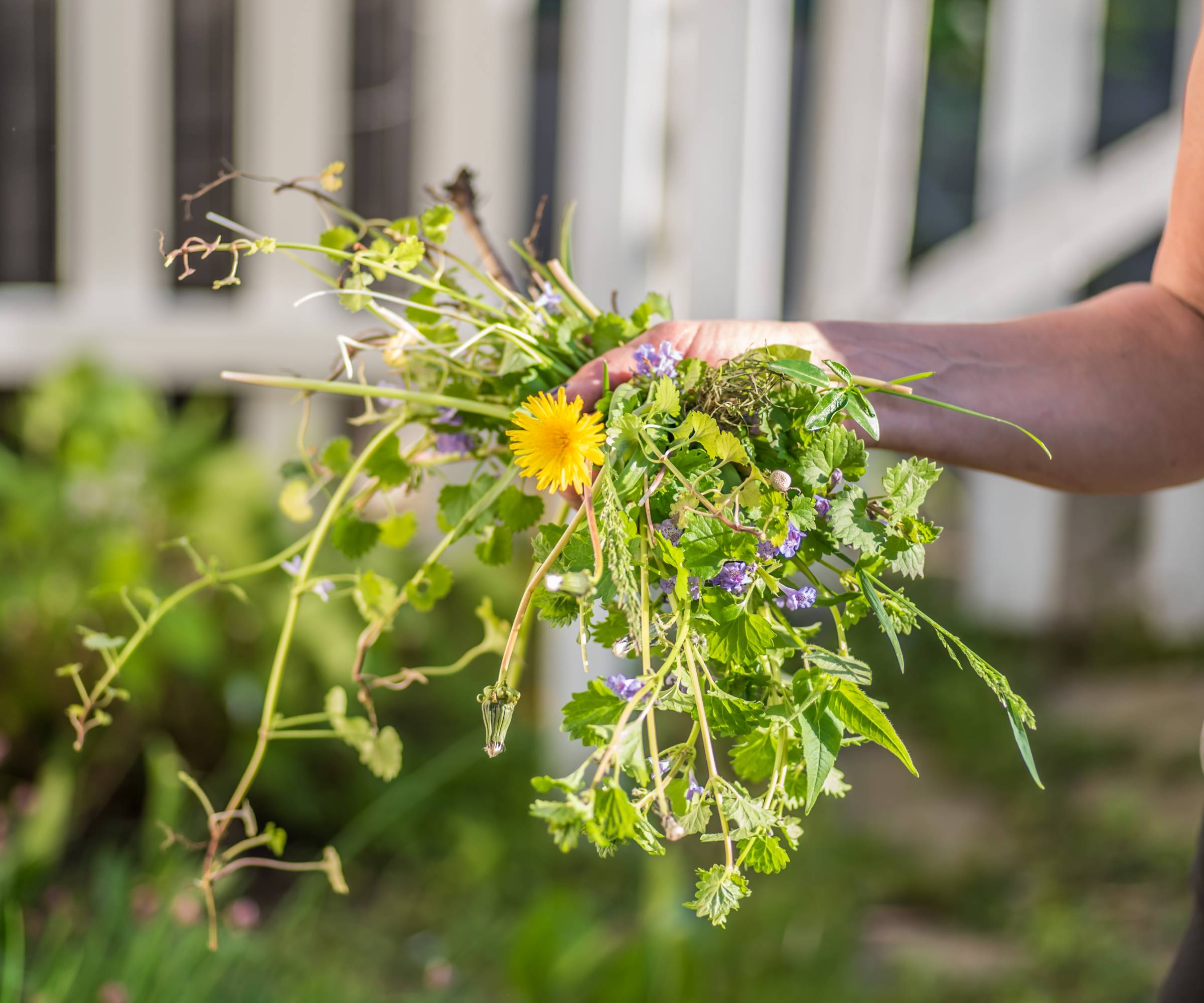
Common Types of Weeds
Learning the different names and appearances of common weeds can be interesting. But it’s not an essential first step to taking action to get them out of the garden. It is helpful to know the growth patterns of different weeds, however. Weeds fall into three different growth patterns: annual, biennial, and perennial.
Annuals are one-year plants, growing from a seed, developing, then setting seeds, all in one year. They are the easiest weeds to eliminate since they die if covered with mulch, pulled out by the roots, or are cut low on the stem. Common annual weeds include dead nettle and mallow.
Biennials grow over two years, germinating and forming a ground-hugging rosette the first year, stems, flowers and seeds, then a woody stem the second. Biennial plants complete their life cycle over two years. It’s best to dig them out before they set seed. This category includes plants like wild carrot, ragwort, and garlic mustard.
Perennials develop strong, deep roots and can live for years. They are the toughest weeds to take out of the landscape. Established plants are the most difficult to control. Dandelion, thistle, and dock are herbaceous perennial herbs. Perennial grasses, such as quackgrass, are even harder to eradicate.
Gardening tips, videos, info and more delivered right to your inbox!
Sign up for the Gardening Know How newsletter today and receive a free copy of our e-book "How to Grow Delicious Tomatoes".
How to Prevent Weeds
Preventing weeds is not easy, but many gardeners will attest to the fact that it is easier to prevent weed growth than to combat it. Here are some ideas:
- When you prepare landscape beds for planting, don’t stint on removing weeds. You’ll want to remove annuals and biennials, but also the deep roots of perennial weeds.
- Buy weed-free topsoil. Otherwise, you are planting weeds in your own garden. And take care not to bring in weed seeds on garden equipment or clothing.
- Grow dense plantings and irrigate them sufficiently. This deters weeds by preventing them from finding space to get started. Planting dense turf keeps weeds out of the lawn. Mix slow-growing veggie plantings with fast-growing crops to limit open soil areas.
- Use a thick layer of organic mulch to prevent annual weeds from germinating.
- Use a drip irrigation system. This will limit the water that is available to weeds.
- Don’t broadcast fertilizer but instead apply it selectively. This prevents weeds from using your fertilizer to grow stronger.
Common Garden Weeding Tools
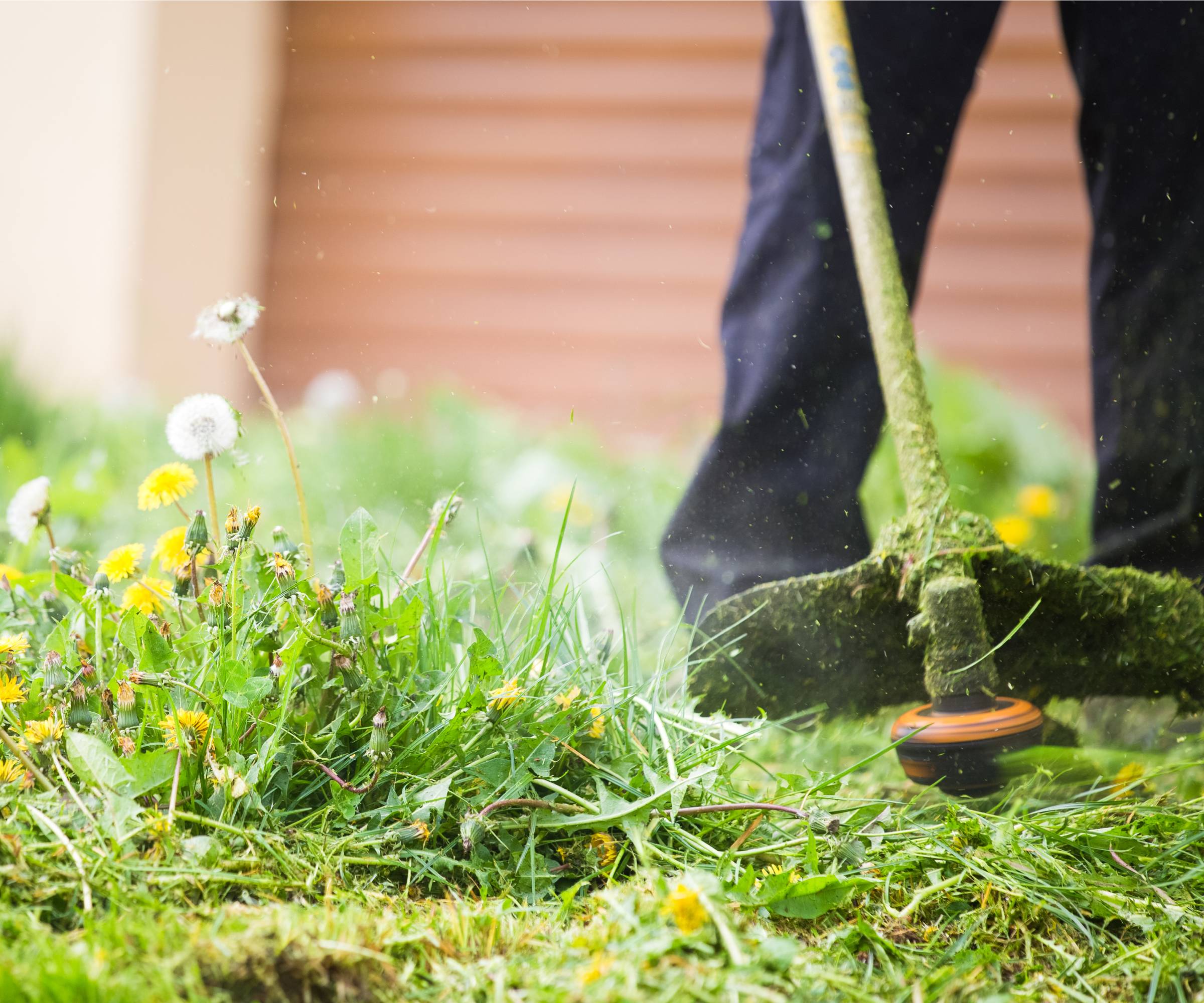
Tools are a big help when it comes to weeding. You don’t need a tractor or bulldozer, although those can be useful for large areas. Some of the common garden weeding tools used for weeding include: picks, hoes, shovels, lawn mowers, weed whackers, string trimmers with a blade attachment, flame weeders and power tillers.
Best Time to Weed
The best time to weed is before you set up a garden planting. If you eliminate all weeds and start with a clean slate, you will have a much better chance to keep those weeds under control. After the first cleaning, you’ll need to schedule regular weeding time in order to stay on top of the problem. Every weed is easiest to remove when it is very young.

Best Methods of Weed Control
If you are wondering how to kill weeds – the easiest way is not necessarily the cheapest or the most effective. There are a number of methods of weed control and each one may be best for some weeds.
Physical Management
Ready to get some exercise while taking out weeds?
Handweeding, hoeing, cultivating, and can all be useful in taking out annual and biennial weeds. While these methods are also possible for perennial weeds, you’ll need to be “Johnny-on-the-spot” to keep these tough plants at bay with frequent pulling, hoeing, hacking, or digging.
Note that rototilling can be great for eliminating annual and biennial weeds but work in favor of perennial weed growth by cutting the roots and shoots into many pieces, each of which can grow.
Mulching
The benefit of mulching is that it is a type of physical management, but it doesn’t rely on wrestling the weeds out of the ground. Rather, mulches provide a layer on top of the soil that prevents sunlight from reaching seeds or plants that are covered up. Use at least 2 inches (5cm) of organic mulches. Plastic paper, weed barrier fabrics, and gravel are inorganic mulches – so called because they do not degrade into the soil over time. Put a thin layer of organic mulch over the inorganic plastic or fabric to protect it from weather.
Herbicides
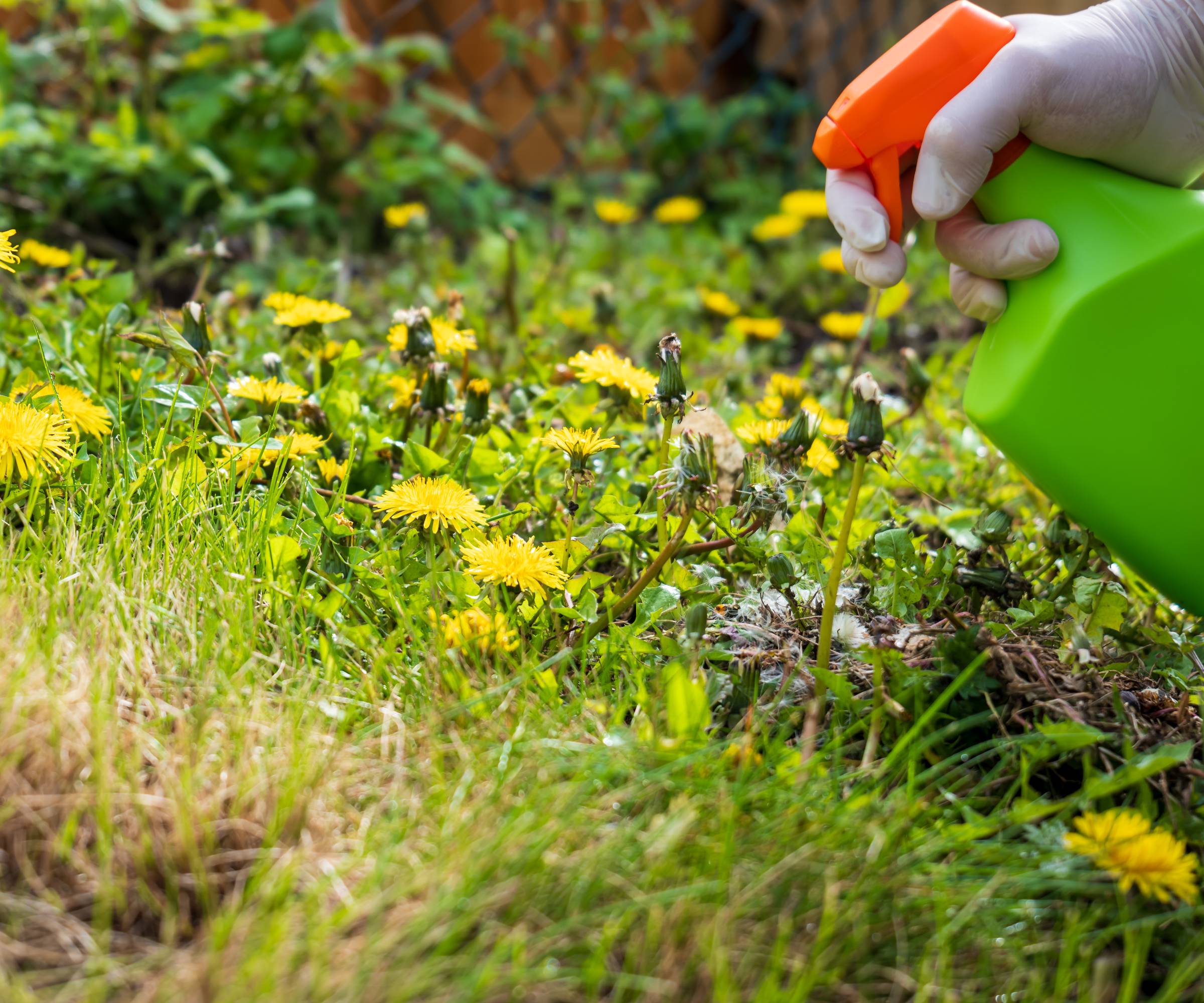
Herbicides should be the last, not the first, weed management option since the product includes chemicals that can injure other plants and animals. If you do opt to use herbicides in your garden for weed management, read the label directions carefully and follow them exactly to limit the potential for injury.

Teo Spengler is a master gardener and a docent at the San Francisco Botanical Garden, where she hosts public tours. She has studied horticulture and written about nature, trees, plants, and gardening for more than two decades. Her extended family includes some 30 houseplants and hundreds of outdoor plants, including 250 trees, which are her main passion. Spengler currently splits her life between San Francisco and the French Basque Country, though she was raised in Alaska, giving her experience of gardening in a range of climates.
-
 Looking For Plants To Give You The Soft And Fuzzies? Try These 5 Fuzzy Leaf Plant Options
Looking For Plants To Give You The Soft And Fuzzies? Try These 5 Fuzzy Leaf Plant OptionsLovers of texture, drama, silver foliage and tactile plants will adore these special sensory garden additions. These fuzzy leaf plant options will leave you all aglow
By Susan Albert
-
 Get Ready For A Summer Of Hummers! Grow These Full Sun Hummingbird Plants and Flowers
Get Ready For A Summer Of Hummers! Grow These Full Sun Hummingbird Plants and FlowersIf you’re lucky enough to enjoy a sunny backyard, make sure you are maxing out on your pollinator opportunities and grow these full sun hummingbird plants and flowers
By Tonya Barnett